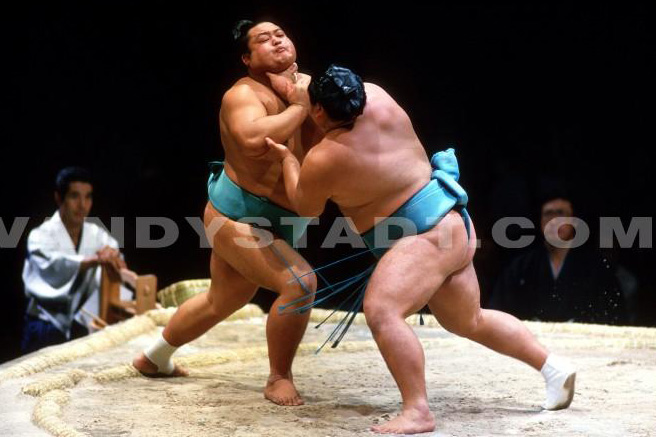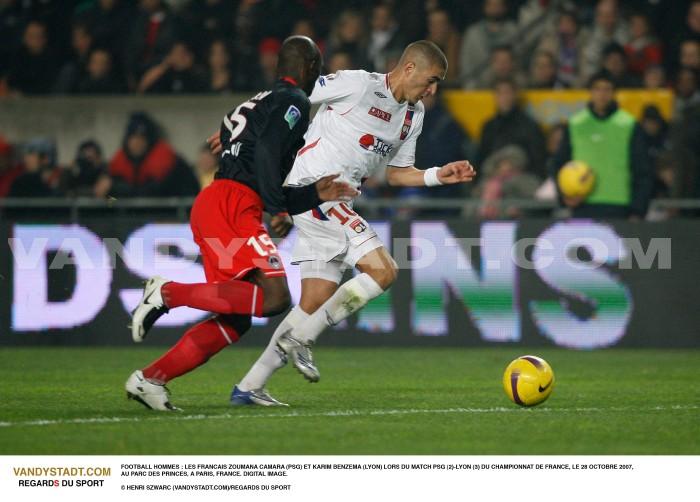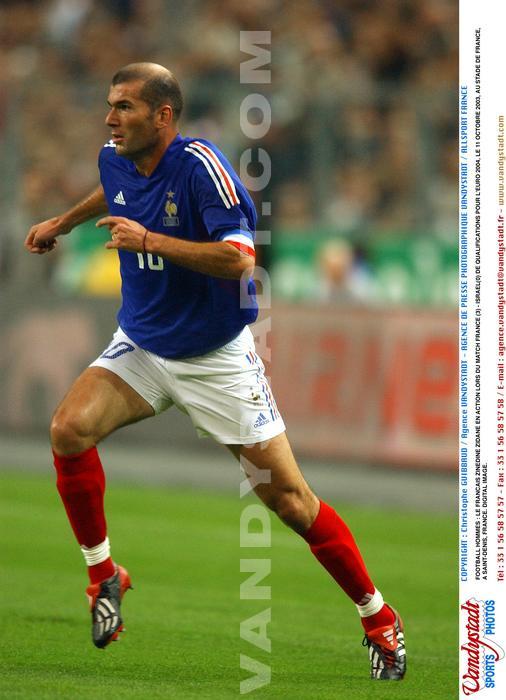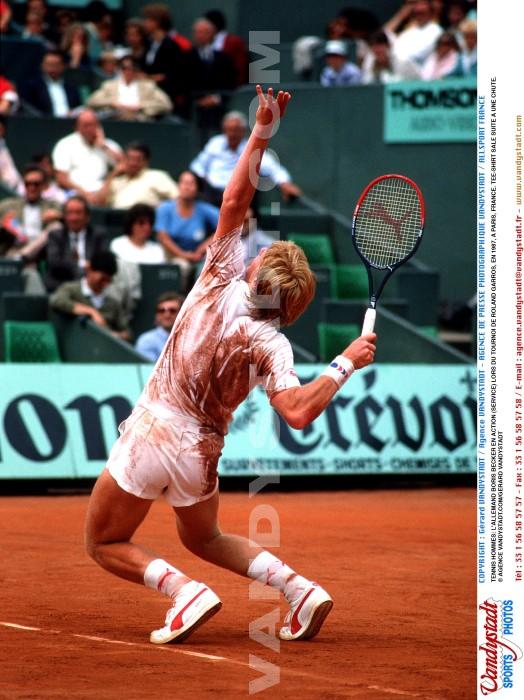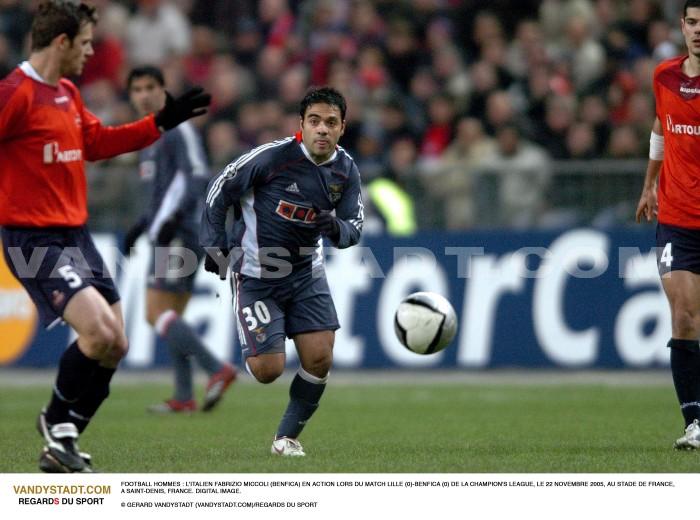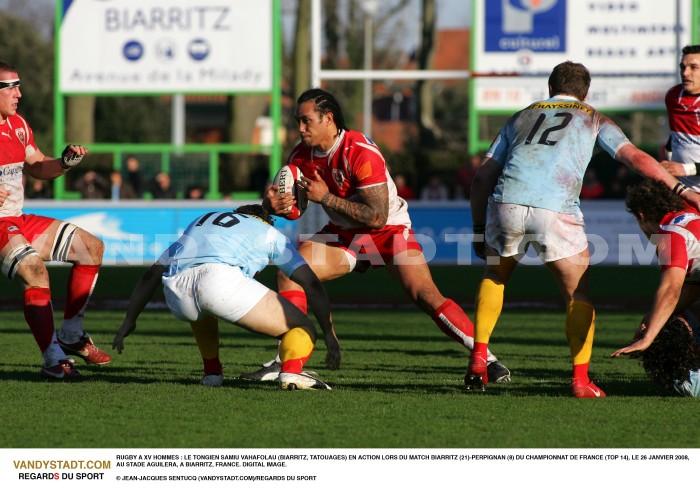Sumo - Sumo history
Background and principles
Discipline after the fight practiced in ancient China, Korea and Mongolia, sumo was developed in Japan 1500 years ago. It was originally a ritual of religion "Shinto" (fighting served to appease the gods) and made his first appearances before the imperial court in the fourteenth century.
In the sixteenth century, sumo wrestling becomes a sport with professional wrestlers.
Today there are 900 wrestlers (sumotori), whose sixty big stars (sekitori), the real gods in their country. The wrestlers typically weigh between 130 and 200 kg and often greater than 1m 90. It assigns a number which ranks as the supreme "yokozuna" (grand champion) attributed the greatest wrestler. A wrestler gets out of 350 articles (only 65 sumotori have been honored in that grade). For this, the wrestler must absolutely win two or three of the six major tournaments for annual Kyushu Basho "(15 per tournament battles!) Taking place in Tokyo (January, May and September), Fukuoaka (November), Osaka (in March), Nagoya (July). There, he meets an average of 90 opponents. Each tournament lasts 15 days includes 5 laps. The wrestlers face an opponent at random and not by weight category (non-existent). The winner is the one who got the best winning percentage. He will receive the Emperor's Cup.
The speed of movement, flexibility and skills are important. There are 70 different techniques in a fight (48 originally). The wrestlers, shirtless and barefoot, were dressed in a sort of apron (tate-mae-mitsu) covering the kidneys and held by a sash of silk (mawashi). They are wearing a bun very old (o-icho or chon-mage-mage to the level of wrestler).
Before the battle, they perform a series of symbolic movements (ritual). They clap their hands, raise their arms, make a big difference, throw salt, crouch and begin face to face to greet and commit to a fight honorably. During the fight, we can not cover the stomach, eyes or hair pulling. The first to touch the ground with any body part lost. Moreover, they have no right to cross the circle in which they fight. There is no time limit for a fight. Most fights last less than 30 seconds.
The Sumo has six independent degrees of weight sumotori. To access a degree, he must win victories. If a series of defeats, he is demoted.
The six degrees or 'banzuke' (each has a fixed number of wrestlers) the largest in ascending order are:
-- maku-uchi: Elite counted 40 wrestlers divided Yokozuna, Ozeki, sekiwake, komusbi and maegashira.
-- maegashira: Champion (26 to 32 wrestlers)
-- komusubi: aspiring champion (2 to 4 wrestlers)
-- sekiwake: Deputy Grand Champion (2 to 4 wrestlers)
-- Ozeki: Grand Champion (2 to 4 wrestlers)
-- As Supreme yokozuna, the Supreme Champion (0 to 4 wrestlers)
A yokuzuna retains his title for life. He withdrew himself when his performance became insufficient. There are a hundred since the 17th century!
Glossary
Dohyo: the area or ring battle is raised and square about 4.55 m in diameter. Below 4 hanging tassels of different colors and symbolic: white for spring, red for summer, fall blue and black for winter. The floor is covered with sand.
Shikiri-Naoshi: before the fight, the 2 wrestlers throw salt in the center of the circle to ward off evil spirits (ritual purification of approx. 4 minutes).
Sonkyo: hello to the opponent before the fight.
Chiri: the promise to the gods to make a fair and honorable combat.
Atari, the first assault of the battle that follows the moment of concentration (the 2 wrestlers crouch on tiptoes with their fists against the ground and eyeing long to destabilize the opponent).
Gyoji: arbitrator who leads the fight. He wears a silk kimono with a special hat. There are 5 other judges who supervise.
Heya: training center to form a sumotori. The training often begins at the age of 14.
Kimarite: all 48 techniques.
Tsuppari: the technical base attack.
Chanko nabe: pot-au-feu daily wrestler rich protein which provides 10,000 calories per day.
Mawashi: silk loincloth measuring the sumotori grabs in a fight.
Rikishi: wrestler.
O-icho-mage: hair or bun-shaped tree.
Yori-kiri: One of the basic techniques. The wrestler takes the opponent's belt to get him out of the circle.
Rikishi: participating in a major tournament.
Teppo: high wooden pillar that sumotori tappent with the flat of their hands.
Gi: technical mastery
Tai: technical power
Shin: spiritual energy
Dicostars
Since its inception, only sixty-seven sumotori became "champion" or "yokozuna". The most famous was sumotori Tanikaze (1750-1795), unbeaten in 66 consecutive fights.
The biggest stars of the years 90/00 are:
Takanohana (12-2-72) JAP. Born into a family of wrestlers, he was awarded the supreme title of "yokozuna" in 1994 at the age of 22 only. In 1996 he won four tournaments in a row. Also 22 times winner of the prestigious Emperor's Cup (youngest winner in 1997). It was the 65th yokozuna in history. His real name: Koji Hanada. He retired from competition in January 2003.
Wakanohana (20-1-71) JAP. Brother Takanohana as talented as he, crowned "Grand Champion" in 1998 (the 66th). He retired in 2000.
Akebono (8-5-69). Native Hawaiian and naturalized Japanese in 1996, Chad Rowan became the first non-Japanese yokozuna in 1993. This is the greatest wrestler (2m04 m) and one of the heaviest (212 kg) in the history of sumo. Revered as a true "god" in Japan (11 Emperor's Cups won 11 victories in major tournaments). In 1995 he won the tournament Paris-Bercy.
Kotonowaka Sadogatake (15-5-68) JAP. 1 m 90 for a weight of 166 kg, it has the ideal weight for a sumotori.
Musashimaru (2-5-71). Originally from Hawaii, in May 1999 became the second non-Japanese yokozuna (Akebono after). Winner of the tournament in Tokyo this year, beating the final Akebono.
Other major "yokozuna" of the past:
Akashi (1600-1649) JAP. First yokozuna in the history of sumo.
Koki Naya (aka "big bird") (29-5-40). He won the prestigious Emperor's Cup 32 times in the years 60/70. He retired from competition in 1971.
Mitsugu Akimoto (1-6-55) Japanese. It holds the largest number of victories. He won in 1 045 from 1980 to 1989, including 8 consecutive times, from 1981 to 1988, the Kyushu Basho. He also holds a record of 807 wins in 1st
ision (or "Makunouchi").
Onishiki Uichiro (1891-1941) JAP. 26th Yokozuna, who won 77 of his 86 fights. His career lasted 13 years.
Onokuni Yasushi (9-10-62) JAP. 62nd Yokozuna in history, he won 155 fights.
Terukuni Manzo (1919-1977) JAP. Yokozuna 38th, crowned in 1942. He won 187 of its 257 battles.
Copyright Sportquick/Promedi









